CBD Website Design Best Practices and Templates
You have probably heard a lot of talking about CBD and hemp-containing goods. Here, we’ll have a look at the reasons why people pay so much attention to CBD products. Then, we’ll consider the CBD website design best practices. Also, you’ll have a chance to look at marvelous CBD site templates.

Who Needs CBD Website Design?
Over the past few years, a boom has occurred in the health and wellness industry. Between marijuana legalization and a deeper understanding of the benefits of Cannabidiol (CBD), the non- psychoactive oil produced from cannabis, consumers now have an alternative to harsh chemicals in skincare products and safer options for pain management. For entrepreneurs and CDB startups, the news only gets better. In 2018, a sweeping Farm Bill was signed into law that includes legislation making hemp-based products like CBD oil, edibles, and tinctures legal for online sale across the country. Capitalizing on this eCommerce opportunity makes your product line available beyond the confines of the neighborhood dispensary market.
You’ve got the product. Now, how do you introduce it to a wider, web-based audience and boost your brand in an increasingly crowded marketplace? Definitely, it’s a website that sells CBD products.
How CBD Design Differs from Other Medical and Ecommerce Websites
As technology grows and becomes more open source, website development is less of a one-size prospect. Customization is key, but your templates and layout should be highly responsive and tailored to your content type and purpose.
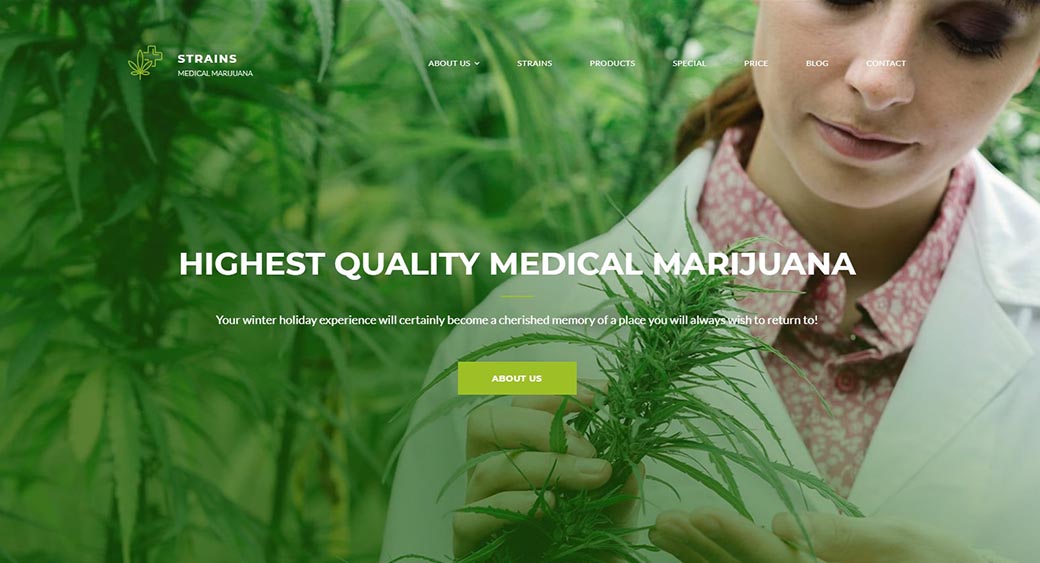
Choosing the Right Platform
Your platform is going to be one of the most important considerations. You want something functional, fast, and user-friendly. It’s also essential that it supports your technology and gives traffic the kind of speed that makes visitors happy. Additionally, your goal is to choose something that’s easy to set up, fast, and secure while providing the functionality and scalability necessary to serve a fast-growing market.
If you choose a carefully crafted website builder, such as MotoCMS, you will get highly customizable templates with loads of helpful features. Even if you are an inexperienced website creator, you will be able to launch your page. Moreover, there’s dedicated customer support if you need any assistance with website creation.
CBD Website Design – Color Schemes
The color choice and visual hierarchy don’t just contribute to aesthetic appeal. There’s a psychology to crafting a color scheme that can draw visitors in or turn them off. If you want to remind your audience of the fresh organic nature of CDB, choose cool, soothing greens. Pink is a color that makes people think of health, and yellows or oranges signify happiness and warmth.
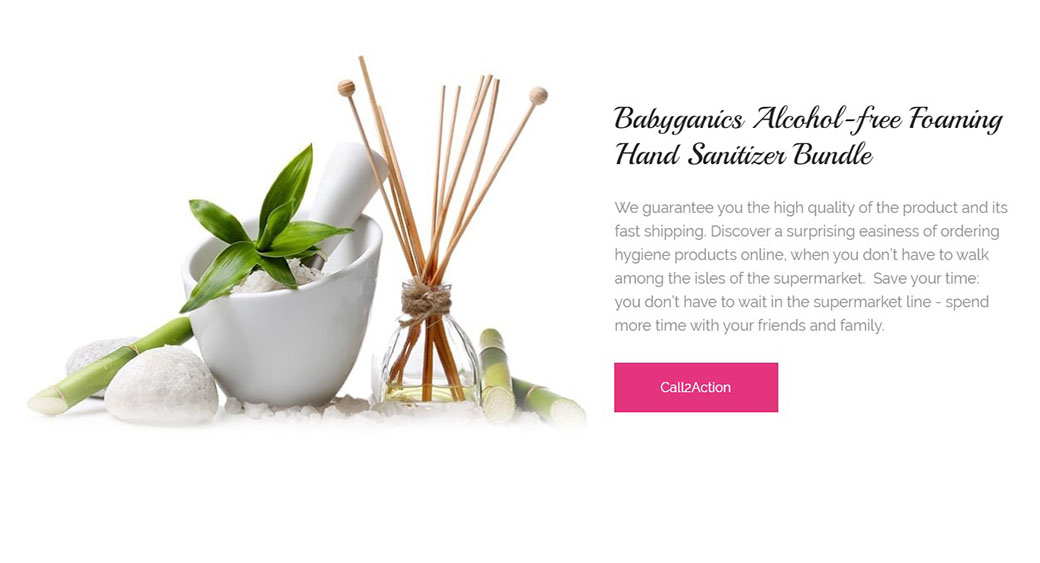
Whatever colors you choose to represent your brand, make sure that you use the same on all of your platforms, work them into your logo, and keep the palette to one or two complementary or contrasting colors. The idea is to create a mood, keep your color scheme simple and unified, and make your product lines stand out.
Images or Video and Their Role in CBD Web Design
Images and videos are an important element of sales; customers want to see what they’re getting before placing an order. While you have a right put images of marijuana leaves on CDB websites, and you certainly want to add product images with descriptions, you can’t put images, videos, or animations that would attract children.
According to video marketing statistics, a video is a powerful tool for attracting customers. Thus, any images or video you add to your page should enhance the buying experience by being relevant. If you’re creating a product gallery, reduce the image file size and use .jpeg file types to avoid lag when customers are loading your website. More than one video might be too much. A better alternative is to create and link a YouTube channel if you’re going to be adding a lot of supplementary video content. Optimize video and photographic content by using alt-tags and indexing video separately.
CBD Website Design – Implementing Sales-Oriented Look
Any eCommerce platform should reach the customers where they live and shop. Your website is usually the first point of contact, but you should never place all of your marketing hopes on one platform. Most successful startups take a comprehensive approach that includes the main product website, email marketing to subscribers, social media outreach, and creating mobile apps.
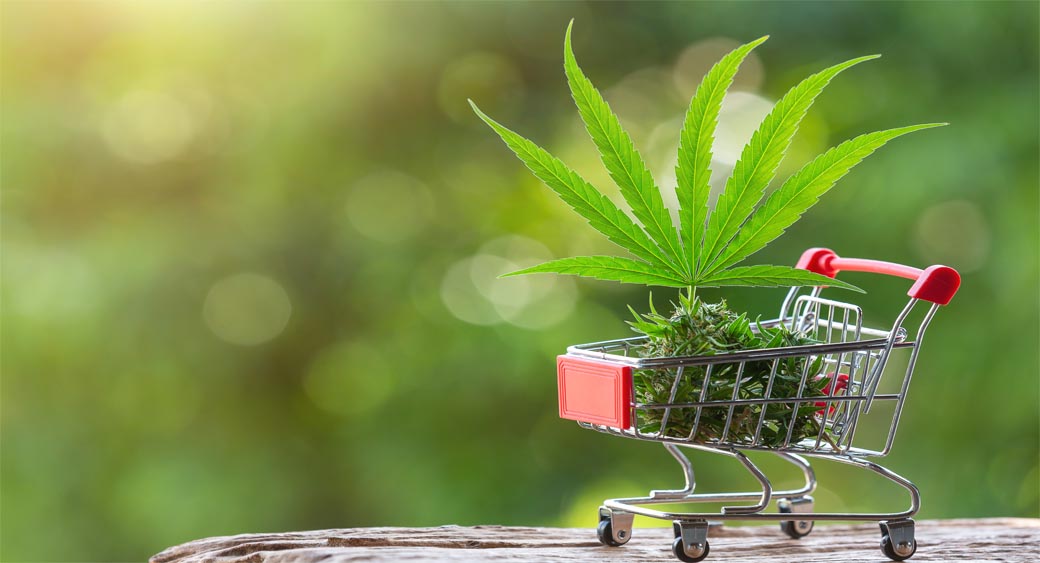
Never forget that the main method of drawing traffic is search engine optimization (SEO). Using SEO best practices judiciously will support organic lead generation, which is a sustainable way to facilitate customer loyalty and brand recognition. Never, under any circumstances, should you purchase contact or email lists.
Find high-quality keywords, and don’t forget to include secondary but related keywords. Long-tail keyword phrases will allow you to gain more segmented traffic, and they’ll help you rank higher in the search engine results pages (SERPs).
Fonts, Icons, and Call to Action Buttons in CBD Website Design
Functionality can make or break your website. Generating traffic and leads is difficult enough in a competitive market. If your website is difficult to navigate or checkout is buggy and slow, your customers will leave your website and stay gone.
Use easy-to-read fonts, including Google web fonts, in contrasting colors and icons that are clear and universally recognized. Since lack of actionable instructions and purchase portals are a leading cause of high bounce rates, make it easier for people to buy from anywhere on your website. Place a prominent call to action button on each page or under individual products that navigate your visitors directly to a specific page or checkout interface, and make the purchasing process simple enough to complete within a click or two.
Designing for Website Usability
The first point of consideration for web design is responsiveness. That means your content looks and performs the same regardless of device or screen size. Google has also veered toward mobile-first indexing. According to statistics, 34 percent of all online sales were completed using a mobile device, and that number is skyrocketing.
The best way to make sure your web design is responsive is to engineer for mobile use rather than the other way around.
In addition to responsive design, your web pages should be functional and provide a quality user experience (UX). This is measured in high uptime percentages, fast page load times, fast, efficient shopping cart performance, accurate checkout systems, and a clean page layout.
Target Audience Specification for Marketing and Promotion
According to research conducted by New Frontier Data, cannabis and related products are expected to become a 14.5 billion dollar business by the end of 2020. Your key to success in this industry is to find an underserved niche and market to that audience. Also, you can find an unrelieved pain point in an existing market.
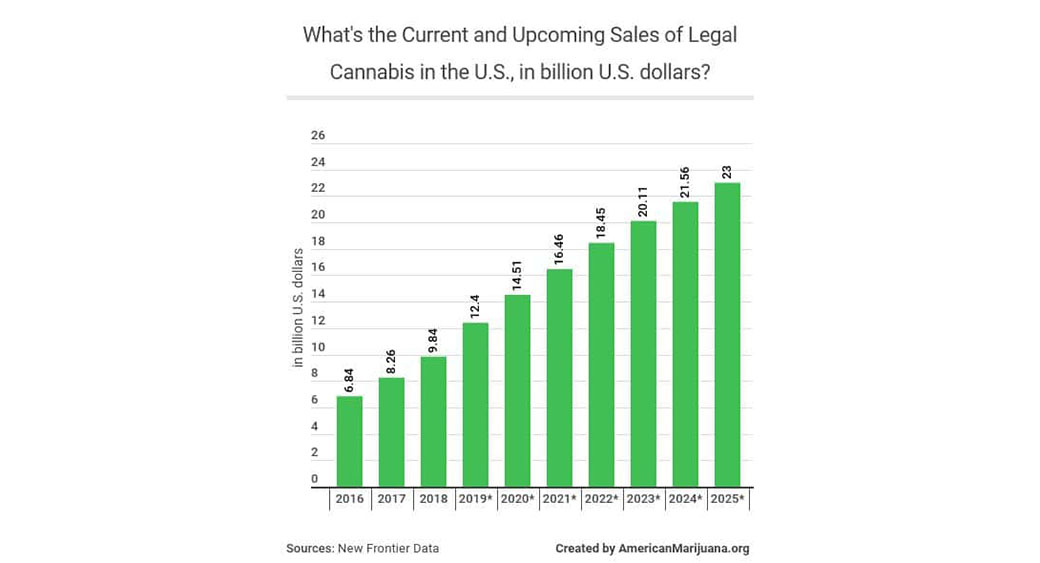
Writing great content is just the beginning. Your content and every element that goes into branding should be carefully selected for a unified appearance that’s geared toward a specific market segment. Who are your customers, and what drives them? Are your products marketed toward pet owners? Chronic pain sufferers? Or, are they mainly people looking for organic skin products and personal remedies?
Your content should tell a story that allows your audience to see themselves on that same buyer’s journey. Blogs are a great way to provide added value to your visitors, as are how-to videos and FAQs.
However, search engines and most social media platforms have strict guidelines about how you can advertise CBD products on their pages. For example, Google allows PPC clients to use the word “hemp”, but prohibits using “CBD”.
You should check with individual TOS agreements, but in general, you can’t:
- Make any specific health claims or promises
- Include links to pages with promotional messages or ads from your landing pages or on the landing page itself.
- Mention CBD in any paid advertising on social platforms or PPC advertisements
- Create posts about CBD
- Link to websites or landing pages that sell CBD products
Legal Considerations for CBD Websites
Although online sales are legal nationwide, there are still legal considerations regarding how you package and market your products. As of 2019, sales of CBD products are legal in some form or another in all but three states. In those states where it is legal, there are still guidelines about how you can market products to the general public.
Guidelines and rules vary from state to state. However, you can generally minimize your legal exposure by keeping in mind that:
- What’s legal under the farm bill does not equate to legality under FDA rules about food products; this includes edibles.
- CBD products can’t be packaged in such a way that they’re attractive to children; you’re safer with more subdued packaging and avoiding placing cartoon characters on your labels
- CBD products must have a complete list of ingredients, including THC percentages; you should also include this information on your website.
You can avoid unwanted scrutiny by how your market and tag your products. How the products are classified depends on whether you market them as food additives, drugs, cosmetics, or dietary supplements. For example, a skin cream wouldn’t be as harshly regulated as a food additive or a medication.
Final Thoughts on CBD Website Design
CBD is big business, and that business will only grow as entrepreneurs and innovators find new uses for hemp and its byproducts. Getting in on the market now will allow you to have a firm foothold in an industry that has trillion-dollar profit potential.
Claim your share by incorporating these CBD website design best practices and following regulations regarding hemp marketing and sales.
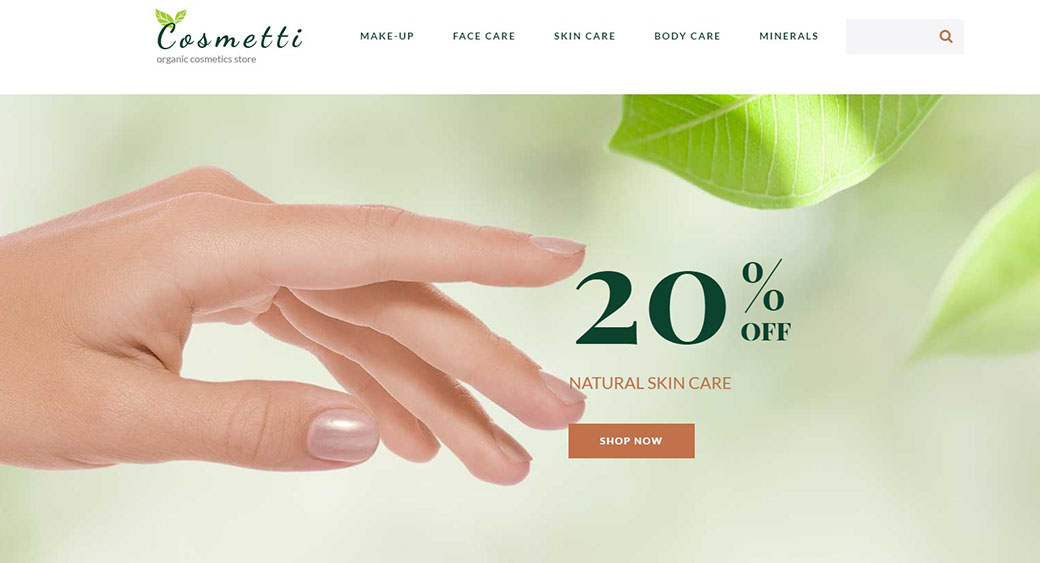
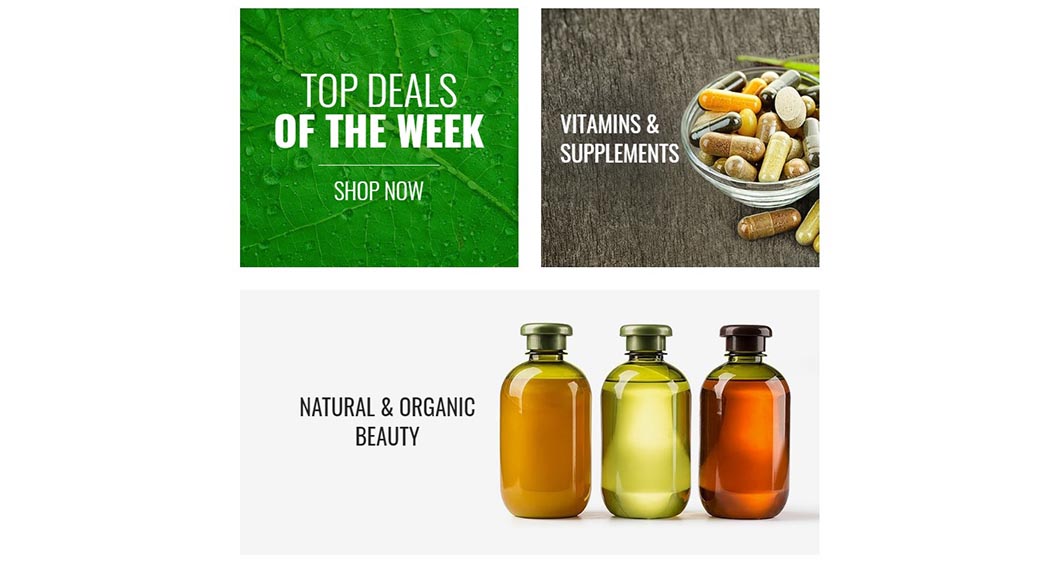
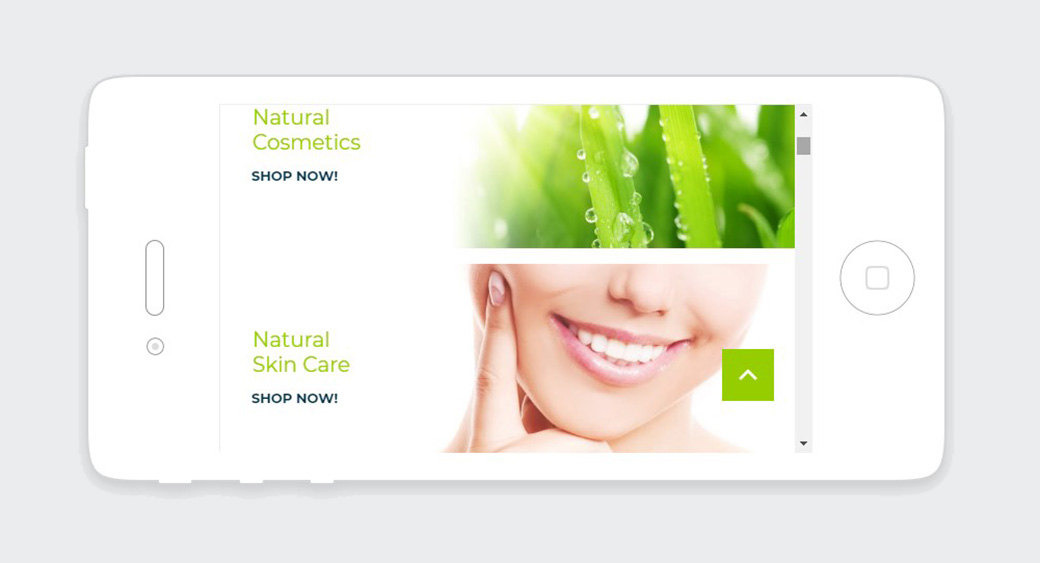
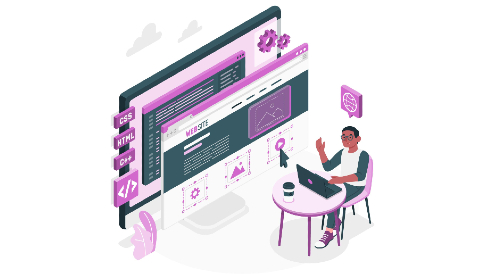
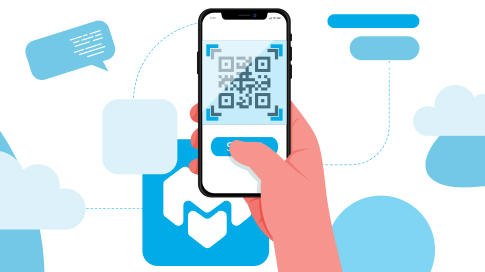

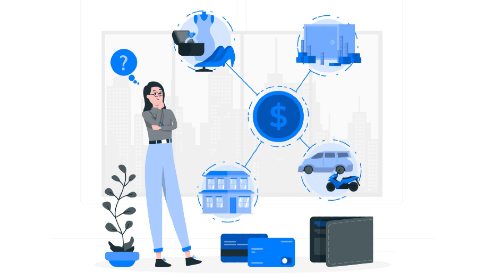
It’s awesome for me to have a website, which is useful in support of my experience.
thanks admin